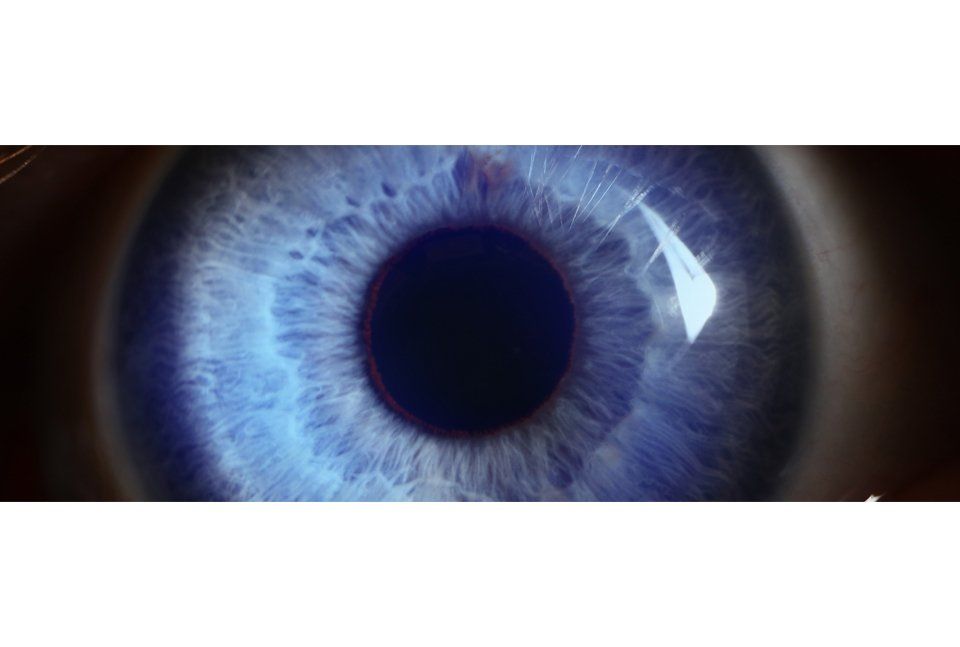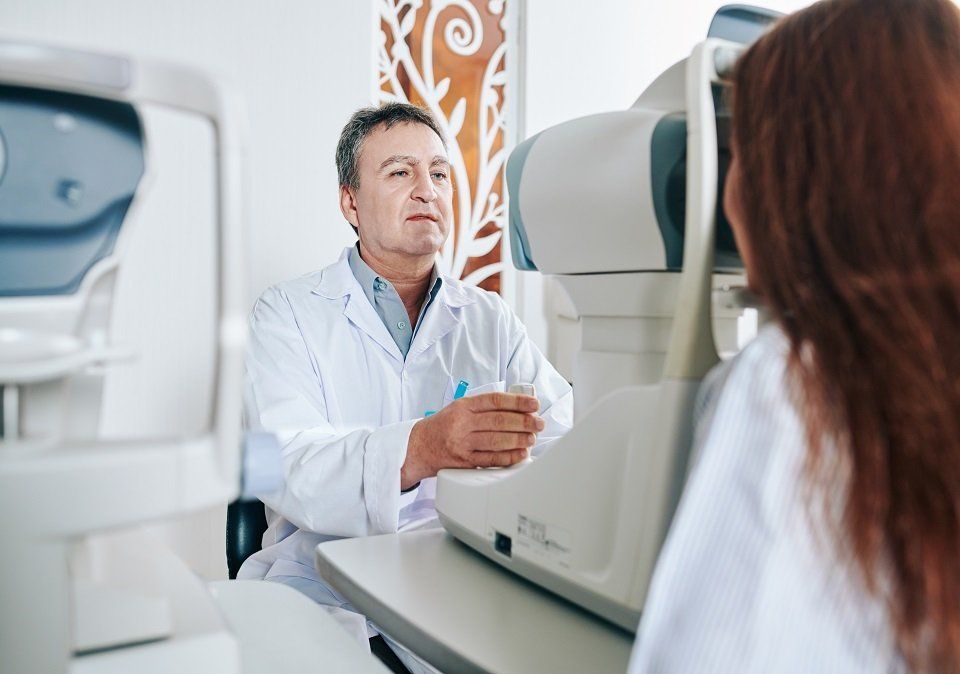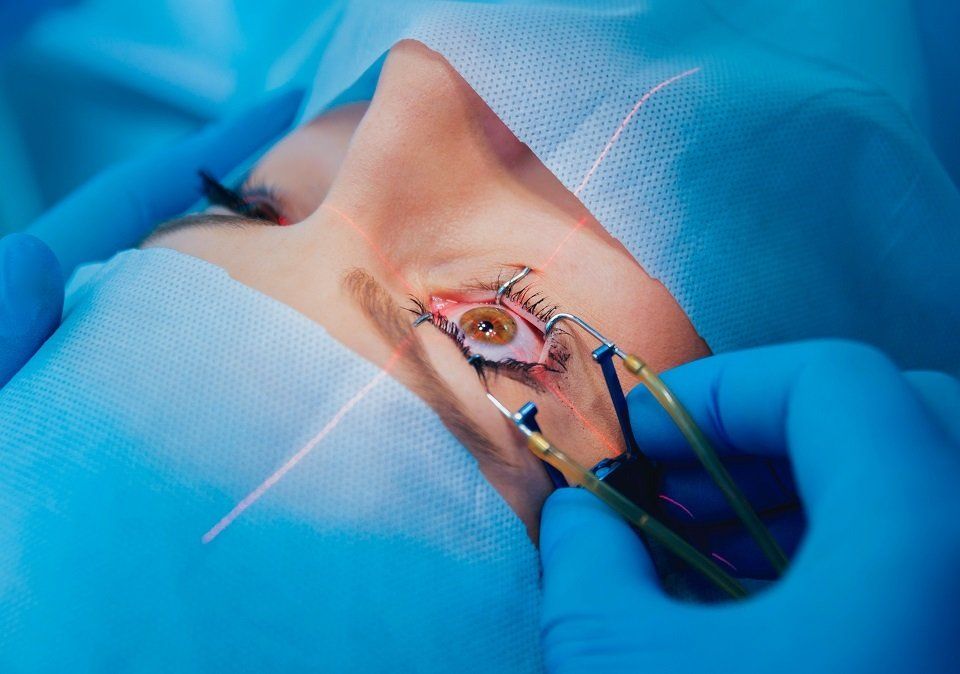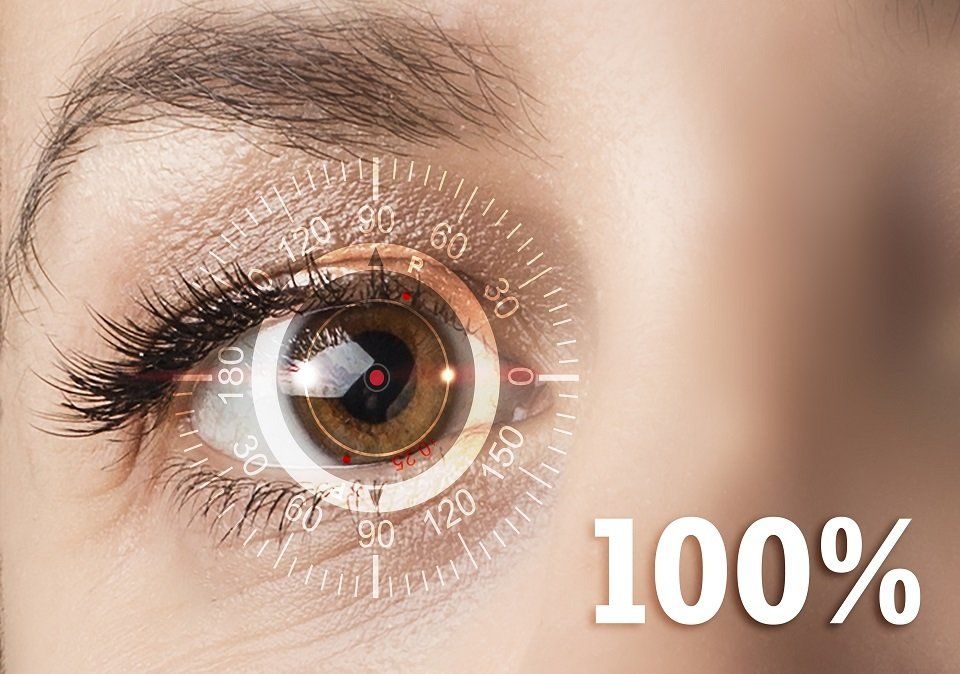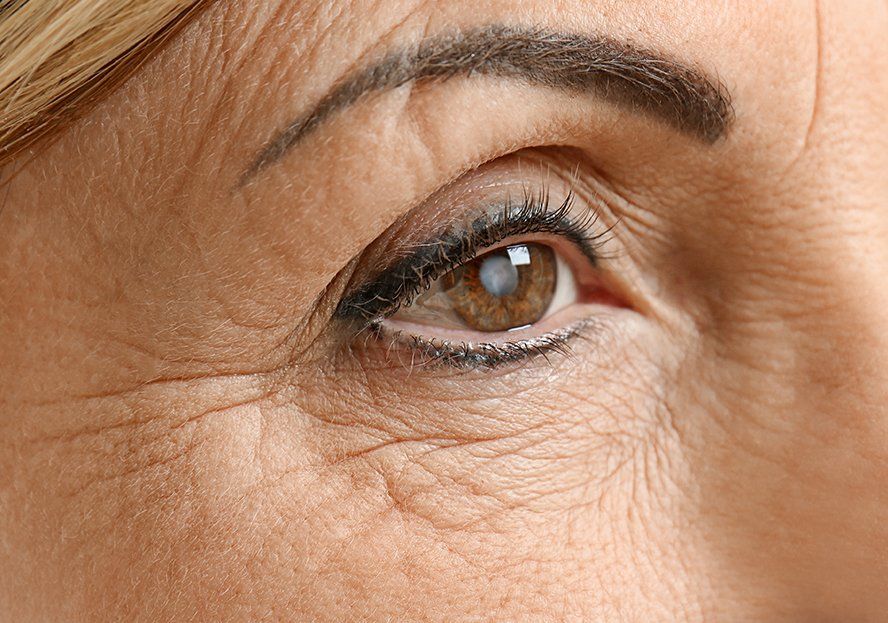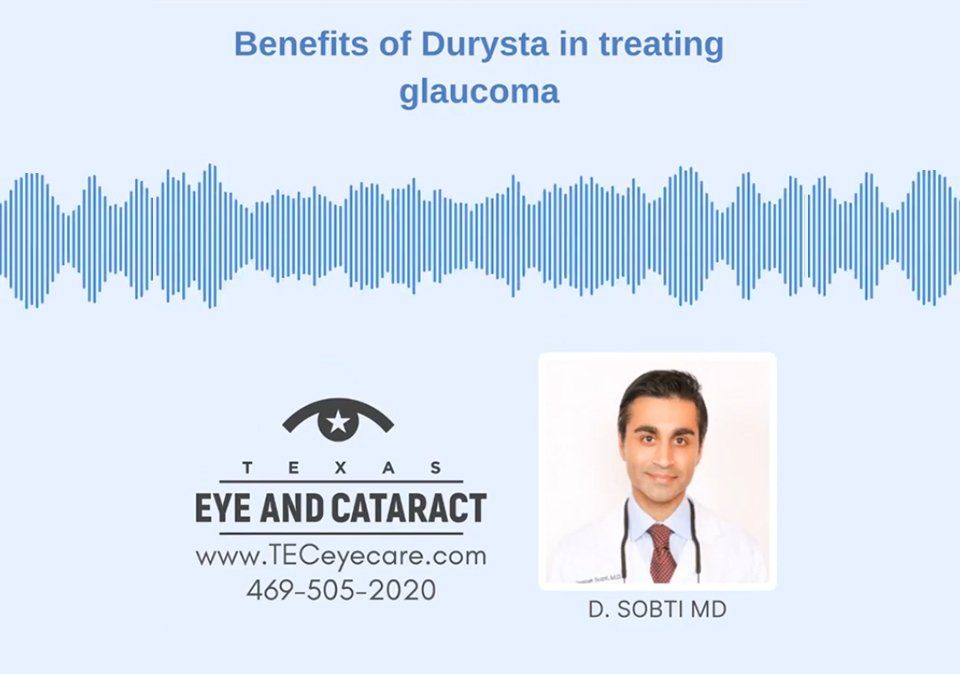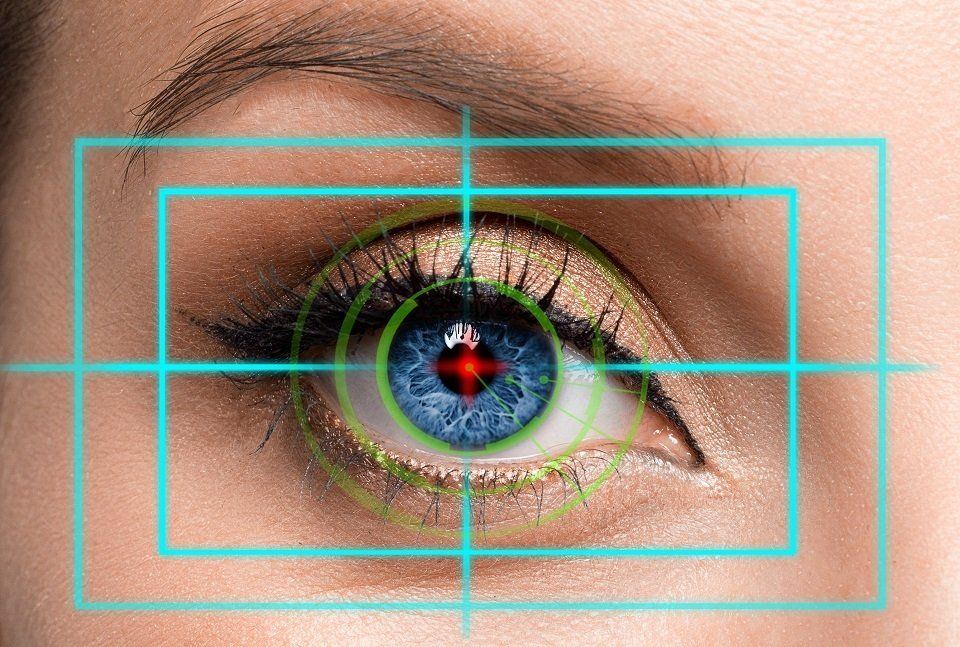Cataract or LASIK Surgery: Which One Do You Need?
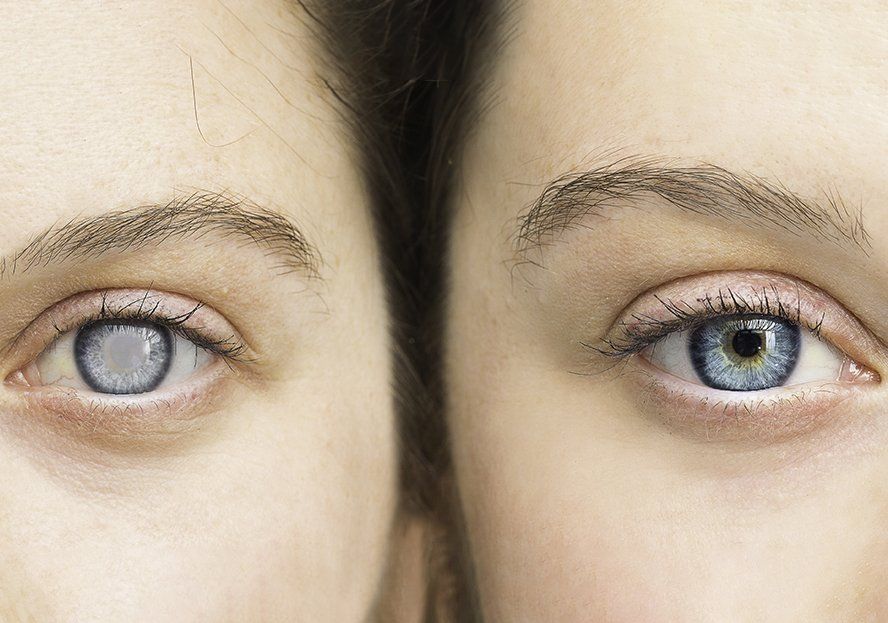
Cataract or LASIK Surgery: Which One Do You Need?
Eye issues can often have similar symptoms which can be confusing and even result in patients seeking to go for the wrong treatments. Such can be the case when it comes to cataract disease and cornea disfigurement on one side, and myopia, hyperopia, or astigmatism on the other. While the former requires cataract surgery, the latter can be treated by way of LASIK surgery. Patients can easily access some of the best myopia, hyperopia, or astigmatism, and cataract treatments in Texas when they connect with Texas Eye and Cataract center. Read on to know more about the two eye conditions to better understand the differences and appropriate treatment procedures.
What is Cataract Surgery?
A cataract is an issue that takes place over a long period during which patients may observe cloudiness in their vision due to protein build-up in the lens of the eyes. Cataract surgery is an accurate and effective treatment that involves the removal of the damaged and cloudy lens from the eye and the placement of an artificial intraocular lens (IOL) in its place.
Benefits
Going for cataract surgery at the right time can help patients enjoy life free from the obstacles arising from mild or complete blindness. It is an excellent treatment in light of the extent to which it improves patients’ ability to read and drive over time while helping avoid potential falls and fractures due to lack of vision. Other benefits include:
- 40% lower mortality risk
- 16% decrease in odds of hip fracture
- 13% decrease in odds of car crashes
- 21% Gain in quality of life after cataract surgery in one eye
- 36% Gain in quality of life after cataract surgery in two eyes
- $123.4 billion cost benefit to society over a 13 year period
What is LASIK Treatment?
LASIK treatment procedure is basically for individuals that wear contact lenses or glasses due to myopia, hyperopia, or astigmatism. The procedure helps correct the errors in the cornea structure and efficiently deal with sight-related issues. The LASIK procedure involves using a highly advanced laser to make a small flap-like incision in the eye and lifting it to accurately correct the cornea using another computer-controlled laser.
Benefits
Although it takes just around 15 to 20-minutes, LASIK treatment is widely known for effectively helping people in regaining their vision. The majority of patients achieve 20/20 vision after a single treatment, while others might observe improvement over some time. LASIK treatment is a painless and low-risk procedure that doesn’t demand any bandages or stitches post-surgery and allows patients to revert to their daily lives in a day or two. Other benefits include:
- Little to no pain because of numbing drops
- Long lasting results
- Quick results and quick recovery
- Say goodbye to contacts and glasses
- Further adjustments can be made even after years
Which One Do You Need?
It all comes down to choosing the right treatment for the problem you’re facing to ensure you get the right guidance and adequate relief. You should go for LASIK surgery,
- If you have Myopia
- If you have Hyperopia
- If you have Astigmatism
You should go for cataract surgery if you have-
- blurry vision
- Clouding in the eye lens
- Hazy visio
Also Read- Is It Safe To Postpone Cataract Surgery?
Conclusion
You need to consult a doctor to get a proper diagnosis for any eye problems and also discuss available treatment options. Texas Eye And Cataract is one of the best eye care centers to consult when looking for LASIK or cataract treatment in Texas. Our team of proficient LASIK and cataract surgery specialists in Texas has extensive years of experience helping patients reclaim perfect eyesight. Request An Appointment today or give us a call at 469-505-2020. You can also email info@teceyecare.com.
